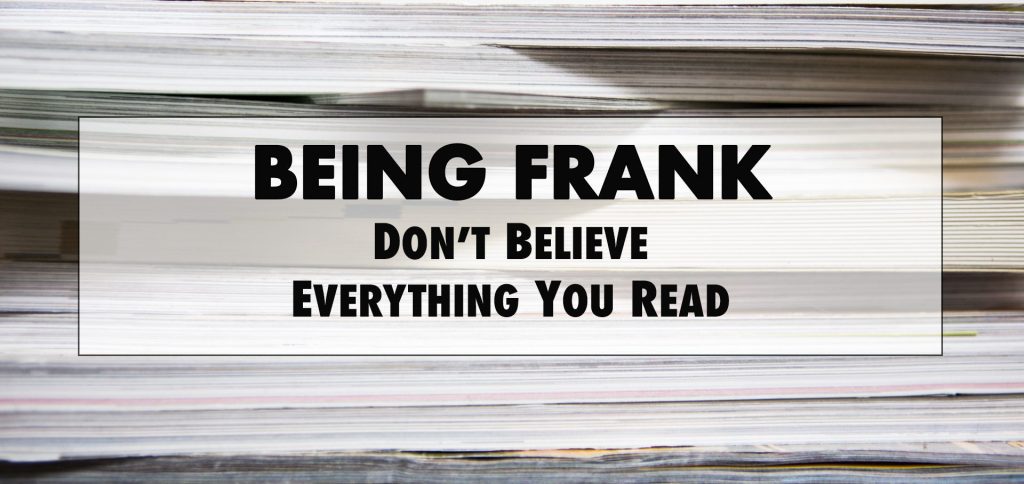

For years my better half implored me to call them out on their blatant errors. She repeatedly saw my frustration that resulted from someone not doing their job completely, yet their message was wrapped in a cloak of perceived expertise. While letting something that I believe is inaccurate or even downright wrong float past without speaking up is against my nature – many times to my own detriment! – I just did not see a desirable outcome with these issues. Consequently, I continued to read reviews of bikes and bike products that included misinformation and mistakes that the faithful readership unfortunately took as gospel. This was especially the case prior to the last five or so years when internet comment sections and forums gave people a fast, easy, and anonymous way to challenge or correct the reviewers. But the pendulum now swings too far in the other direction, however that is a topic for another day.
Working in product development provided me with firsthand knowledge of the whole story of what we did and why we did it. Certainly there were plans and targets, but there were also surprises, discoveries, and accidents that make for some rich stories. And as a bike product manager I also got the inside scoop on what the component makers were doing, the motivation behind the new design, the issues with compatibility or obsolescence, and pricing and marketing strategies.
So knowing why and how we arrived at a bike’s geometry, and how component supplier X would not sell us the component we wanted unless we also spec’d the component that we didn’t want, or why we had to choose this gear combo because someone could not get parts to physically check the clearance before production made it crystal clear when a reviewer got things wrong. But we’re all human, and we will get things wrong from time to time. The unacceptable part is that I or my team were rarely contacted by the reviewer to check facts or get the inside story – they just did not do their job completely. It is easy to dismiss the idea that it was just the company that I worked for that was not sought out by the reviewer because I could see the same issues on reviews of our competitors’ products. After all, most components on every bike come from just a handful of suppliers.
Over the years I have seen some exceptions. Actually there are three product reviewers that come to mind that I think have earned the right to be named: Patrick Brady, James Huang, and Mike Levy. I’m not saying there aren’t others, but in my experience these three made contact in efforts to investigate and report the real story and facts. Consequently, their work has always carried a lot more creditability with me. I enjoy reading their work because they have consistently demonstrated thoroughness, and I am comfortable being very candid with them about our products.
So if the product reviewers did not contact the product guys responsible for the product, where did they get the information for the story? Sometimes it was from catalogs or websites. However the copy written by marketing departments is not always as accurate as it should be and rarely delves into the real background and motivations behind the product. Sometimes the reviewer called a dealer that carried that product. But while the dealer can add some color as to how the market sees the product, she/he does not know the full story behind the product. And I read reviews many times where the reviewer just inferred things, which can be dangerous.
The point of all this: don’t believe everything you read. However, the more a reviewer outlines the process used to gather information, the more specific the information, and the more actual people related to the product are mentioned by name, the more you can trust what you are reading – and that goes for more than just bicycle product reviews!
Monday: 10:00 am – 5:00 pm
Tuesday – Thursday: 10:00 am – 5:00 pm
Friday: 10:00 am – 5:00 pm
Saturday – Sunday: Closed